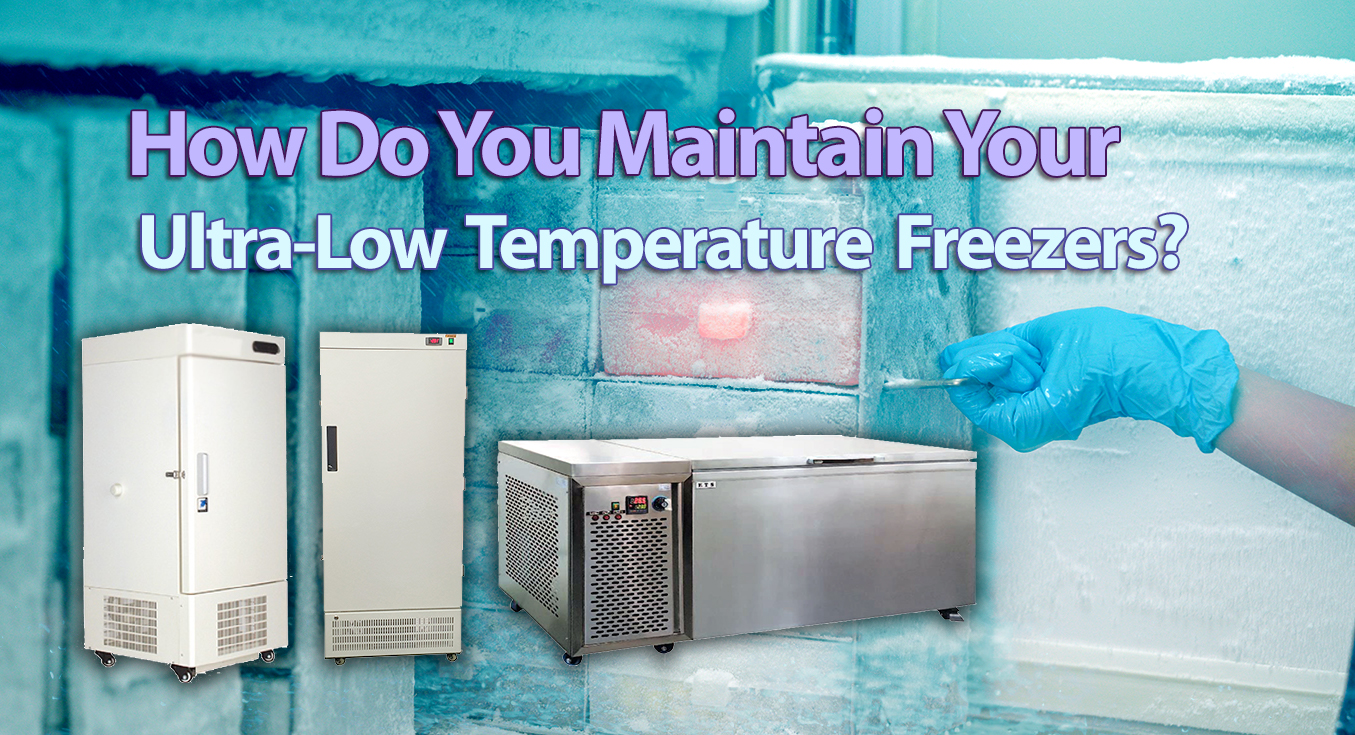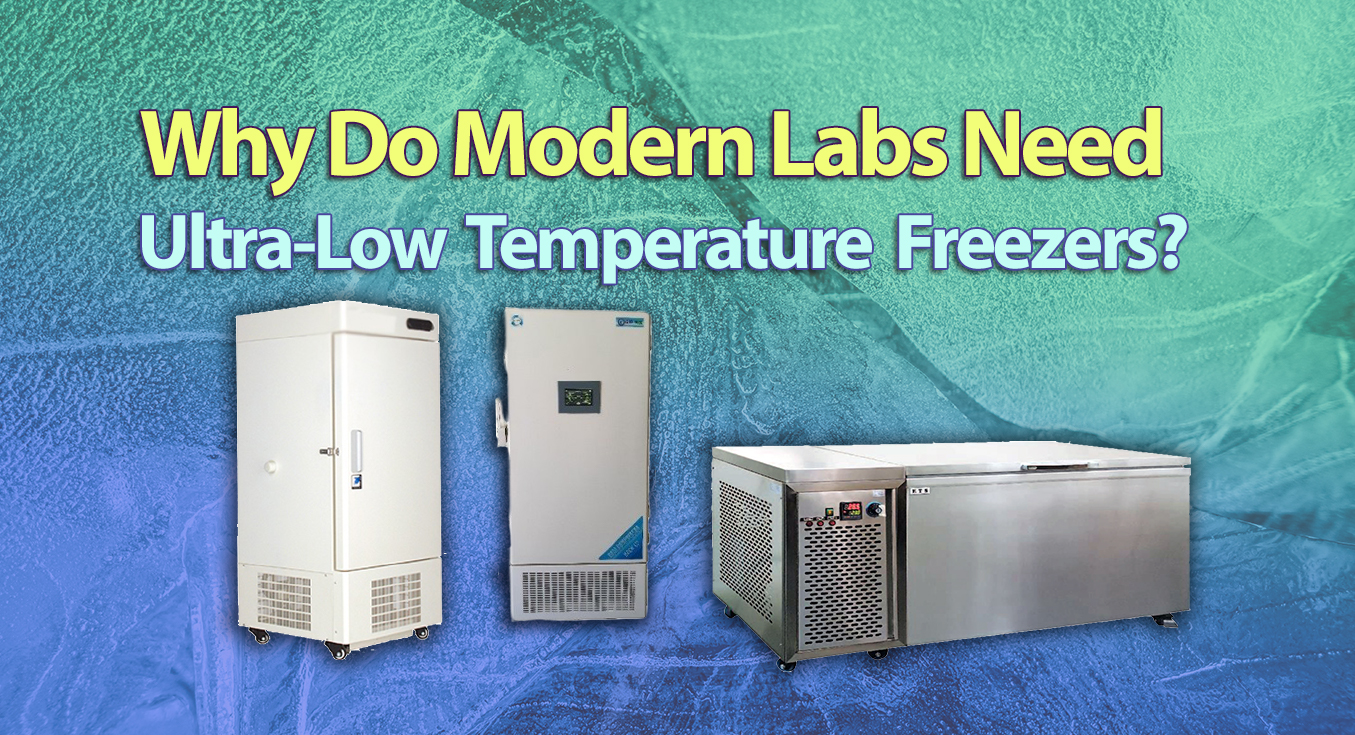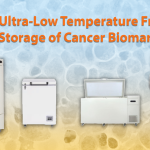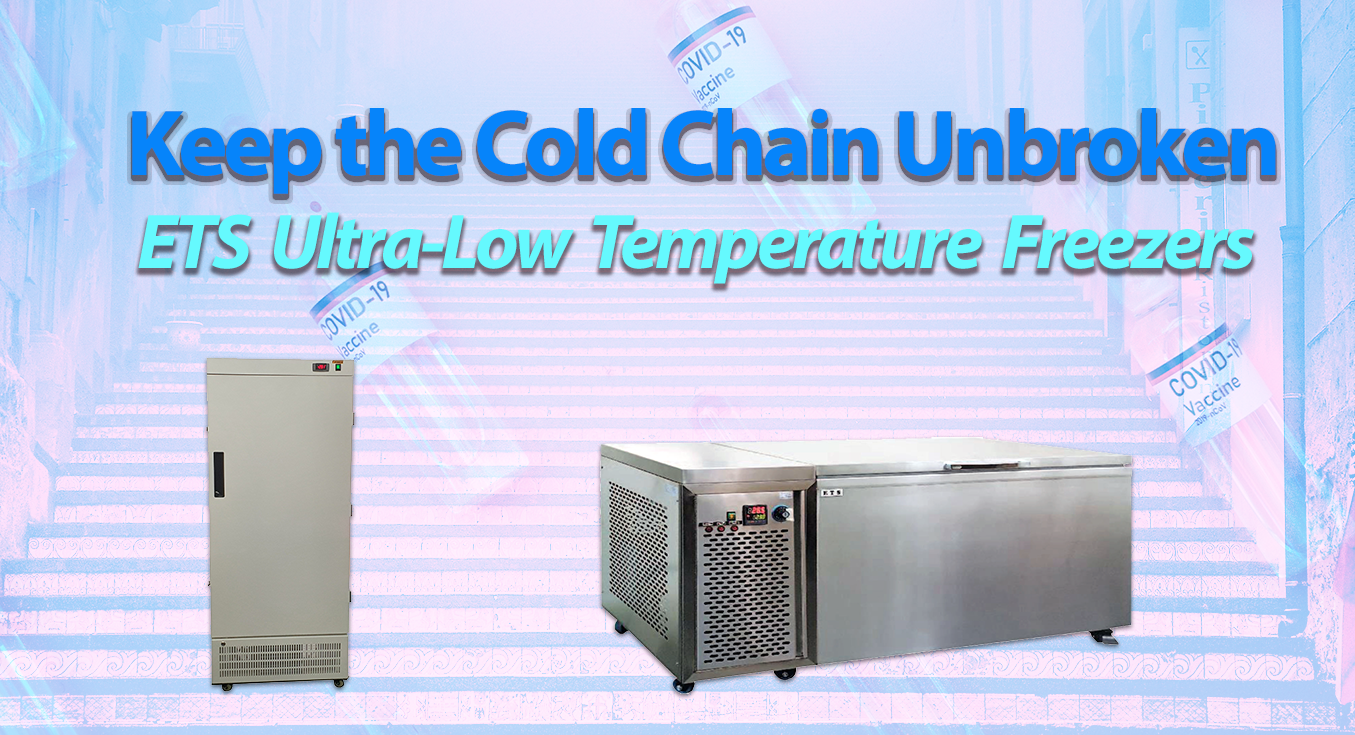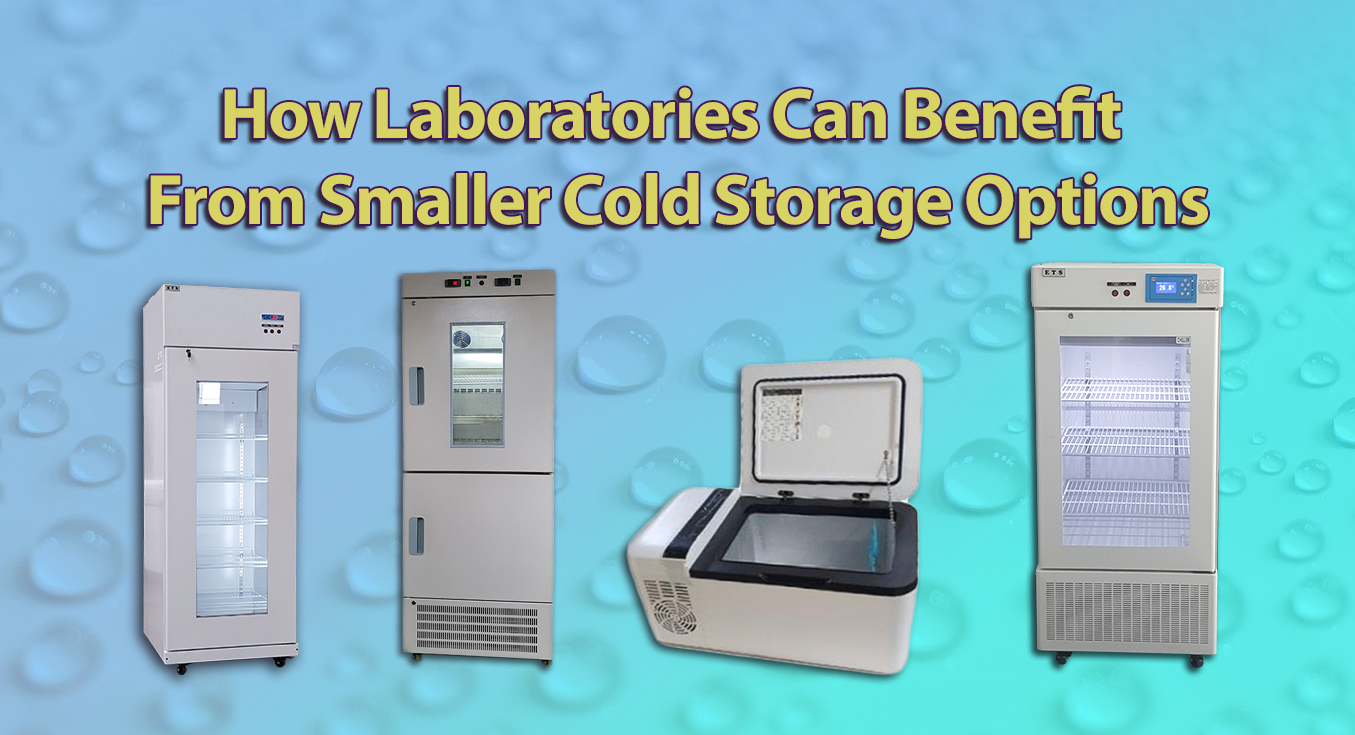Ultra Low Temperature (ULT) freezers are an essential part of laboratories worldwide. Used to store precious biological samples, including bacteria, virus, blood, enzymes and vaccines, these specialist freezers cover a range of industries such as blood banks, hospitals, epidemic prevention services, research institutes, laboratories in electronic and chemical plants, biological engineering institutes and marine fishery companies.
Operating at between -60°C to -86° C, ULT freezers do one thing well – keep samples ultra-cold. They are reliable units and have an average lifespan of 12-15 years with proper care and maintenance to keep them running optimally.
Despite that, there are things that you can do to extend the life of your ULT freezer beyond the average. These simple routines make it possible to detect and correct any potential issues in a timely and efficient manner and also save you a few thousand dollars in repair fees.
1. Minimize Ice and Frost Build-Up
Defrosting is important to help maintain the efficiency of your ULT freezer, preserve the viability of samples and research, and lower energy costs.
Although there’s no industry-standard rule on ULT freezers’ defrosting frequency, it’s commonly accepted that a defrost must be done at least once yearly. Some experts even recommend that the ULT freezer should be fully defrosted twice a year.
The proper defrost frequency for your ULT freezer will depend on the condition of the freezer itself, the usage frequency (e.g. door opening, how long it’s left open each time, etc. ), and the operation environment.
ULT freezers build up frost and ice every time there is humidity, when water vapor contacts the extremely low temperature interior surfaces. Therefore, the location where frost accumulates indicates whether it is timely for a manual defrost.
If frost is noticed on the outside of internal doors or compartments used for sample storage, it may not be necessary to defrost as often. It may be necessary to defrost more often if frost builds up in the cabinet close to samples instead. This is key since the frost buildup would influence the amount of heat absorbed by the system and affect performance.
Frost accumulation makes it more difficult for the freezer to maintain ultralow temperatures. The buildup of frost may stop the inner door from closing, worse, if the severe frost turns to ice, even the outer door.
When the environment the freezer is in is also dusty, then frost coupled with heavy dust will stress the freezer’s filters, making it more challenging to maintain the cold temperature. The pressure on the compressors along with a longer operating time would lead to a reduced freezer life while energy consumption increases.
Other situations that may call for a full defrost include when frost buildup interferes with door opening. The frost builds up too close to door gaskets, causing stress and preventing an appropriate seal.
Secondly, if frost builds up on racks and accessories during normal operations to the point they prevent access, then it would inhibit staff from accessing samples, leading to further situations where the door is left open longer.
Defrosting involves a multi-step and manual process over a few days. All the samples in the freezer need to be transferred to another one, which is limited by small batches in order to avoid huge temperature fluctuations when the door is kept open a longer time.
Once it has been cleared of samples, turn the freezer off, turn off power, open the door and let the ice melt. Ensure that the ice melt runoff is cleaned up to avoid any unforeseen events.
It should take the freezer several hours to completely melt the ice. Clean up all the moisture inside and outside the freezer before plugging the freezer back in. The freezer would take up to 12 hours to cool down again depending on age and make. Once it’s sufficiently cooled down again, transfer samples back into the original freezer by batches.
2. Keep the Condenser Clean
The condenser plays an important role in ULT storage. In order to keep the ULT freezer cold, it helps transfer heat from the inside to the outside.
Dust accumulation on the condenser can compromise its performance, making it unable to transfer heat out. Although freezers should be kept in a temperature-regulated and clean space, oftentimes the facility is a high-traffic area with open windows and doorways.
Experts recommend cleaning the condenser coil at least once a year, and cleaning the condenser filters every two to three months, and with more frequency if the environment is particularly dusty. Doing so will help extend the life of your freezer.
Condenser filters may be used over and over and don’t need to be replaced. Simply dust and clean with a wet towel, vacuum or brush.
Condenser filters are easily accessible and can be used over and over. Therefore, they do not need to be replaced. The filter can be easily dusted and cleaned with a wet towel, vacuum, or brush.
3. No Warm Samples
ULT freezers are primarily used for storing and preserving already frozen products. While other high quality freezers may withstand being loaded with warm products, traditional ULT freezers will eventually break down if they often experience such treatment.
The best method to maintain a ULT freezer is to load the chamber to nearly 25 percent full with free-frozen products and avoid putting warm products into them. If there is product that needs to be cooled quickly, it is best to use a blast freezer instead of a ULT freezer. Frequently using a ULT freezer to rapidly cool warm products may cause the freezer to fail mechanically much faster.
ULT freezers perform best when door openings are kept to a minimum so that airflow is not interrupted.
Additionally, materials should not be stored on top of the freezer as these can trap warm air and trigger the compressor to work harder to maintain temperature. Not only does this generate higher energy costs but will also lessen the lifetime of the compressor.
4. Understand Your Freezer Alarms
ULT freezers often come with alarms that indicate a variety of sub-optimal operating conditions such as high temperature, power failure, low battery life, prolonged door opening and system monitoring failure.
Know your freezer alarms well so that swift remedial action can be taken in the case that situations occur and operator input is required. Label each freezer clearly with the details of the point of contact and back-up contact and always have spare ULT freezer space available in case samples need to be transferred to an alternative unit.
Batteries on freezer alarms power the display and buzzer. These should be checked by a certified technician annually and changed as per the recommended schedule from the manufacturer.
There are a wide range of ULT freezers in the market, but all of them share a common need – they require care and attention to keep them performing well. Practicing some simple preventive maintenance steps will ensure your ULT freezer’s lifetime is maximised as well as ensuring your precious sample material remains at optimal longevity.
LOOKING FOR AN ULTRA LOW TEMPERATURE FREEZER?
We have an entire range of Ultra Low Temperature freezers to suit various requirements. Choose between our ULT Upright Freezers or ULT Chest Freezers.
Drop us a line if you have questions.

